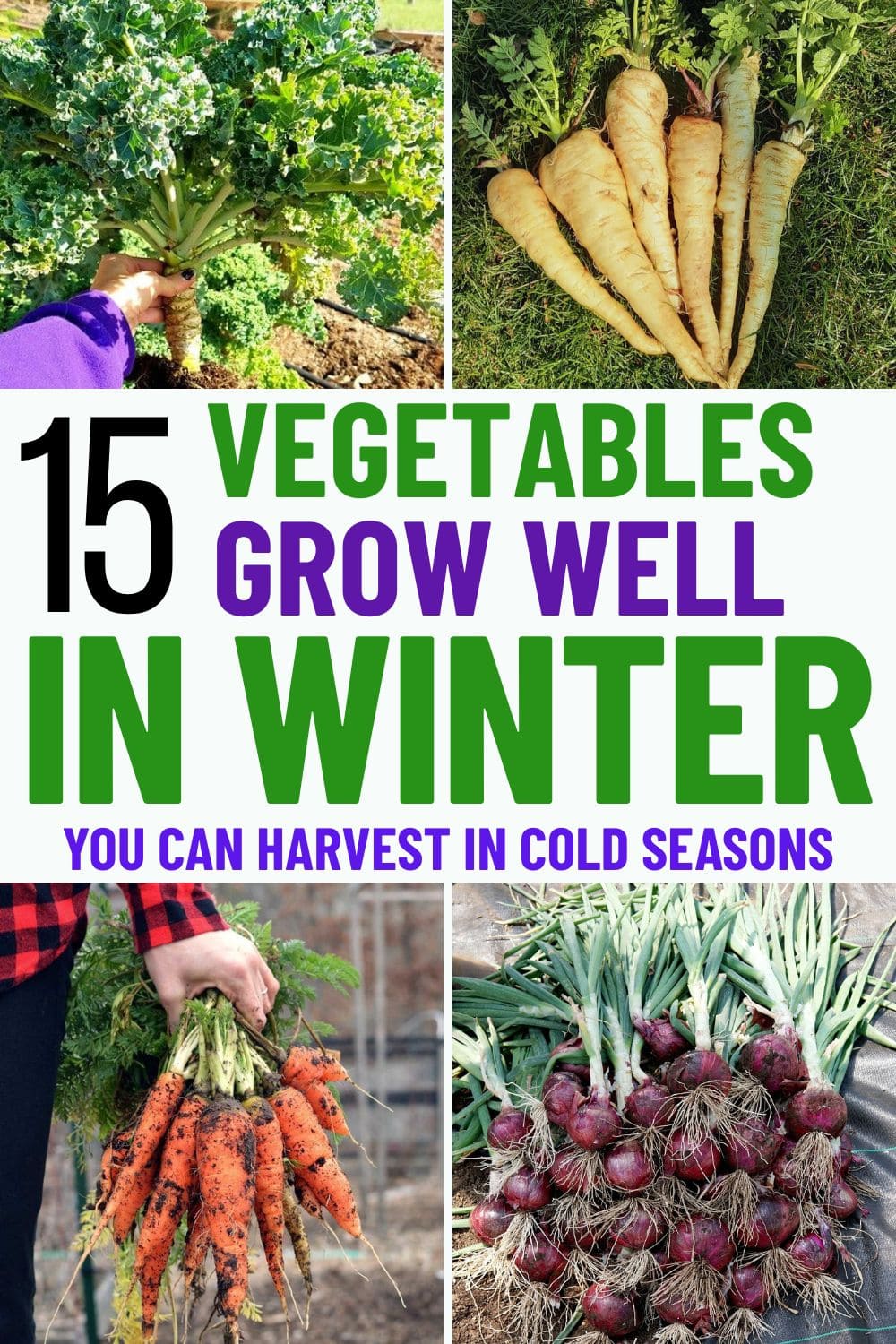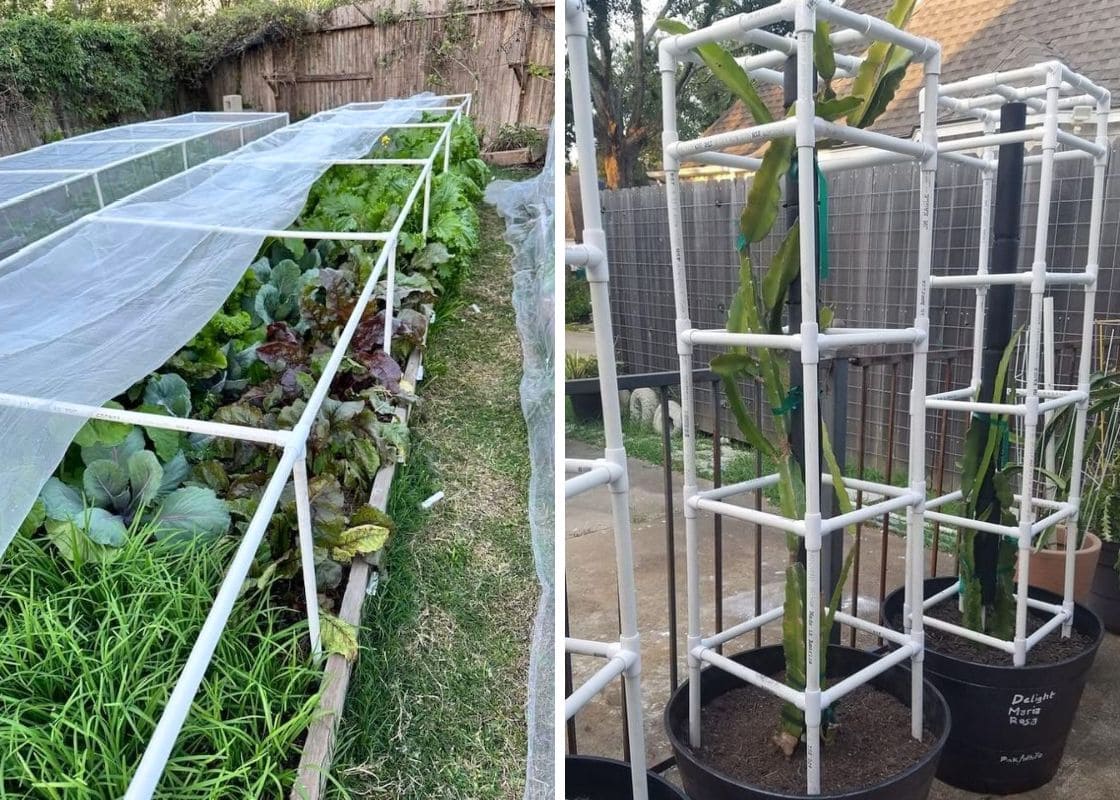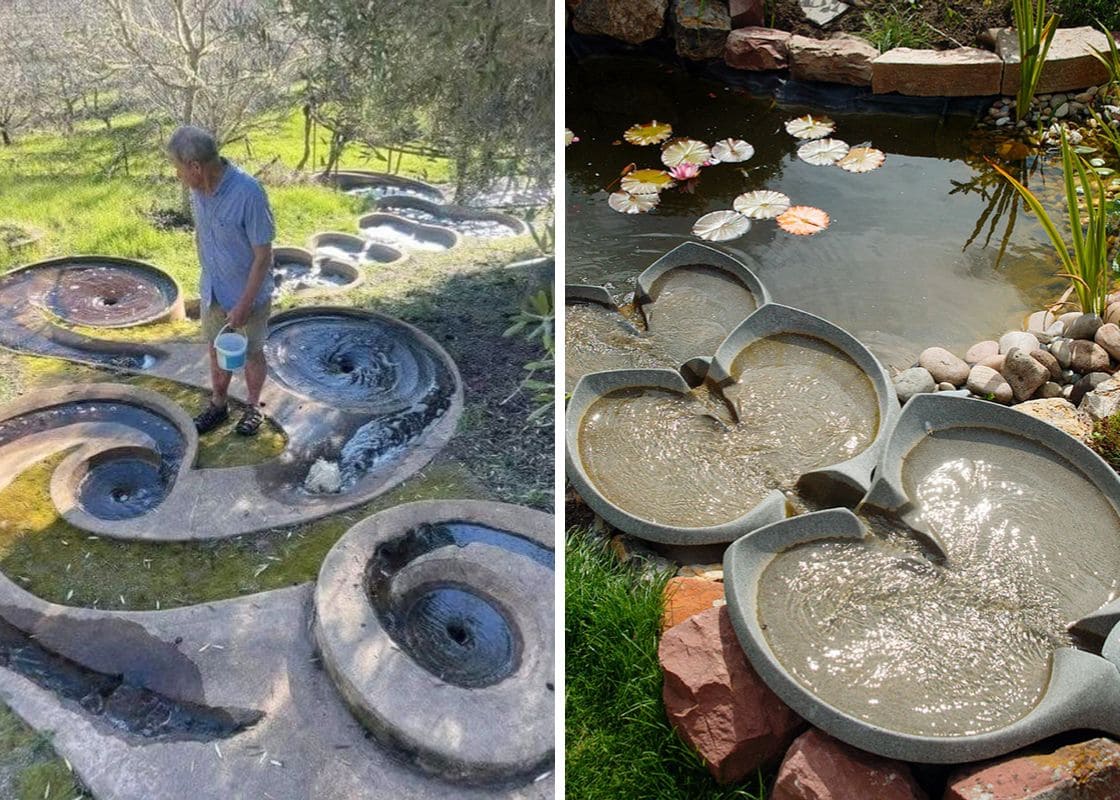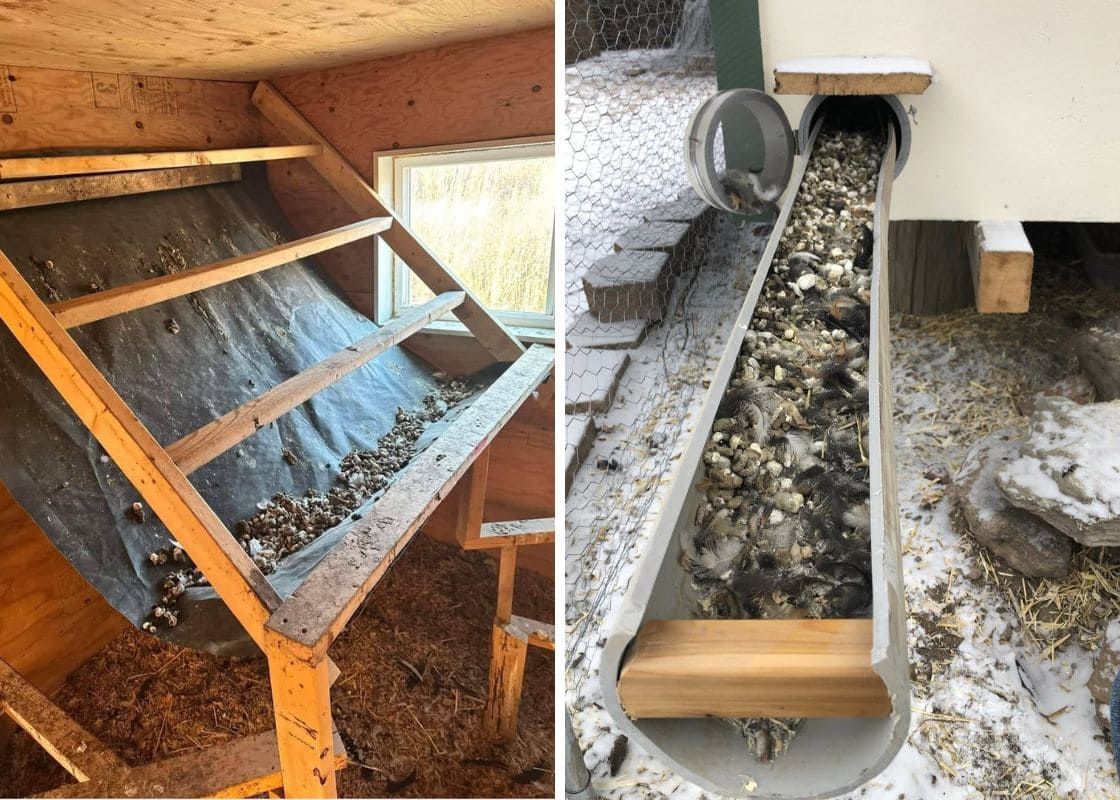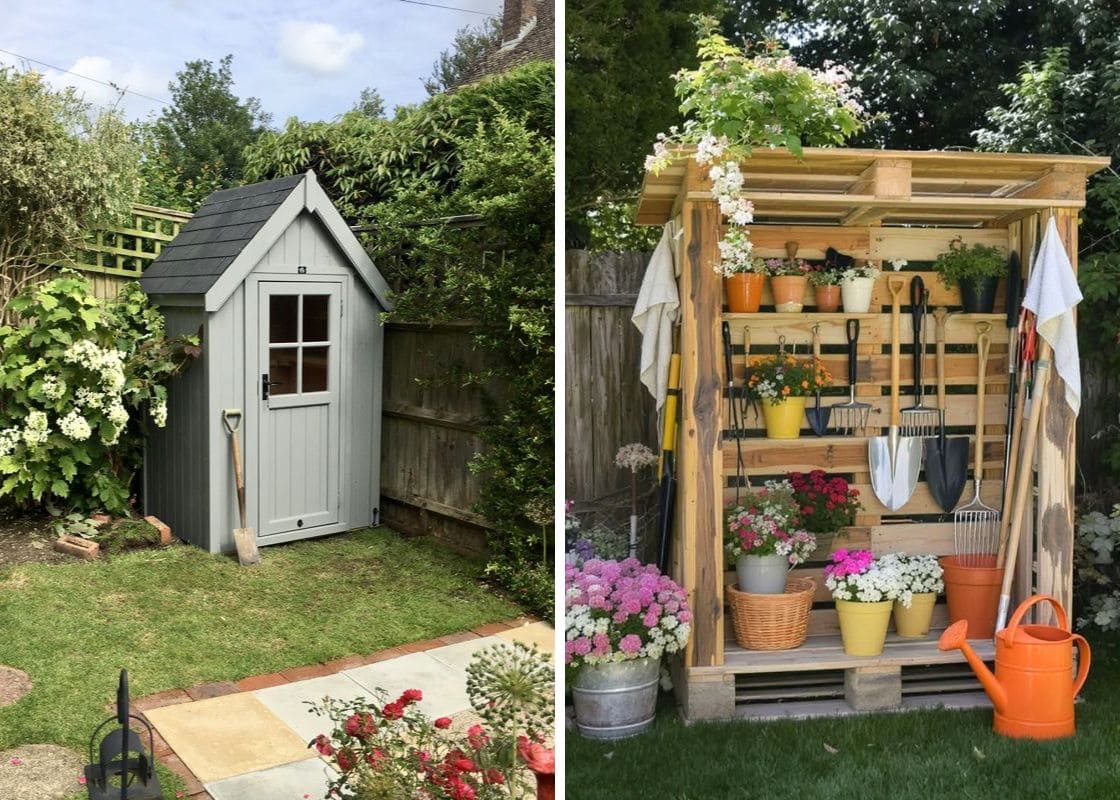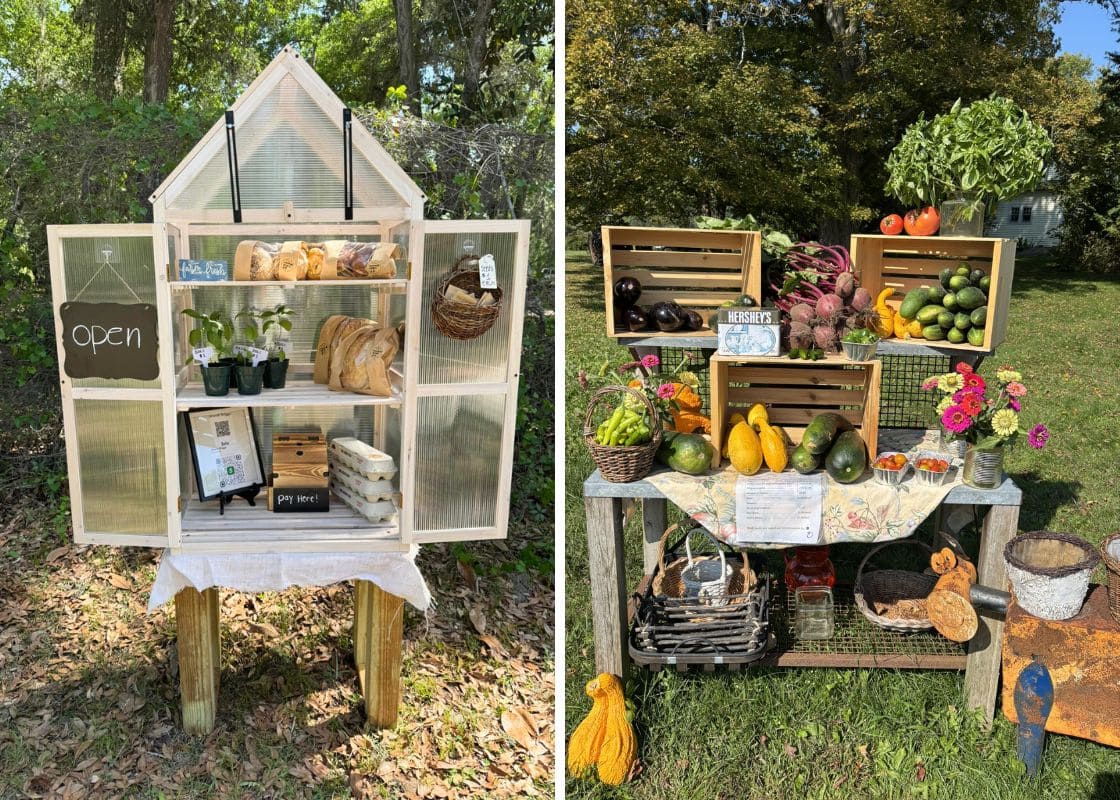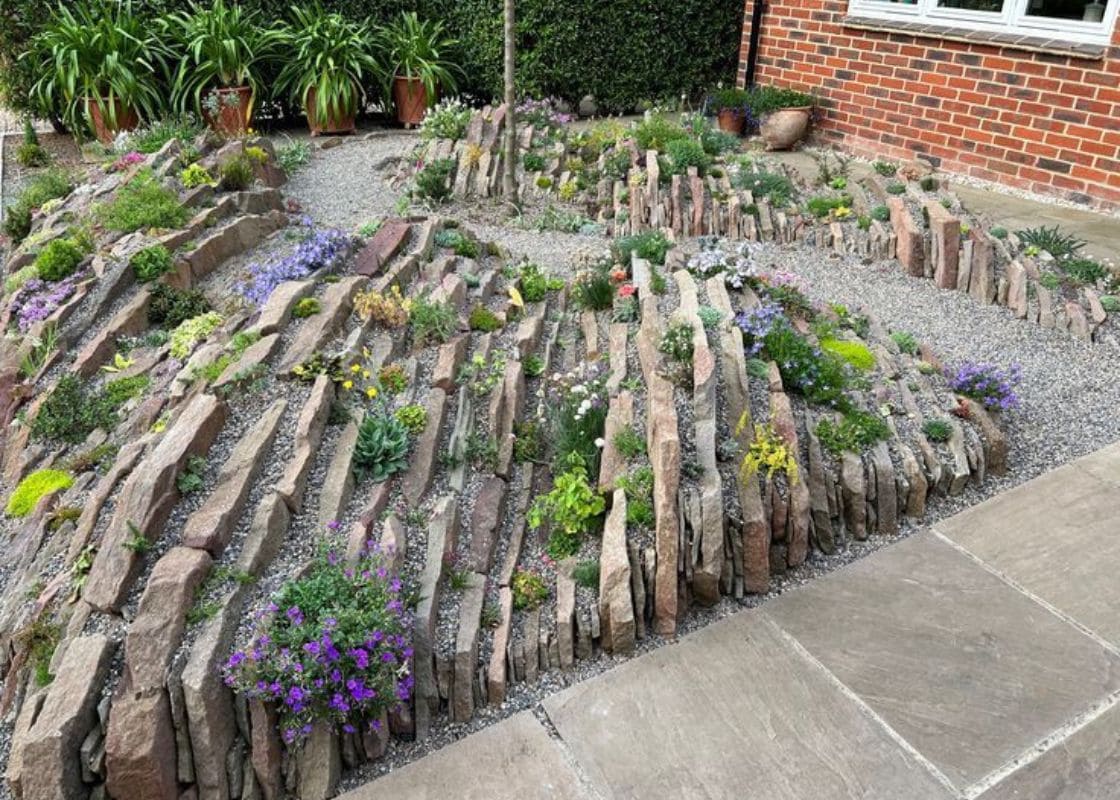Just because the temperature drops doesn’t mean your garden has to go quiet.
In fact, winter is prime time for some of the most flavorful, nutrient-rich vegetables you can grow. Many crops not only tolerate the cold, they actually thrive in it.
If you’re ready to keep harvesting long after fall ends, here are 15 vegetables that grow beautifully through winter, plus practical tips for helping them flourish.
1. Spinach
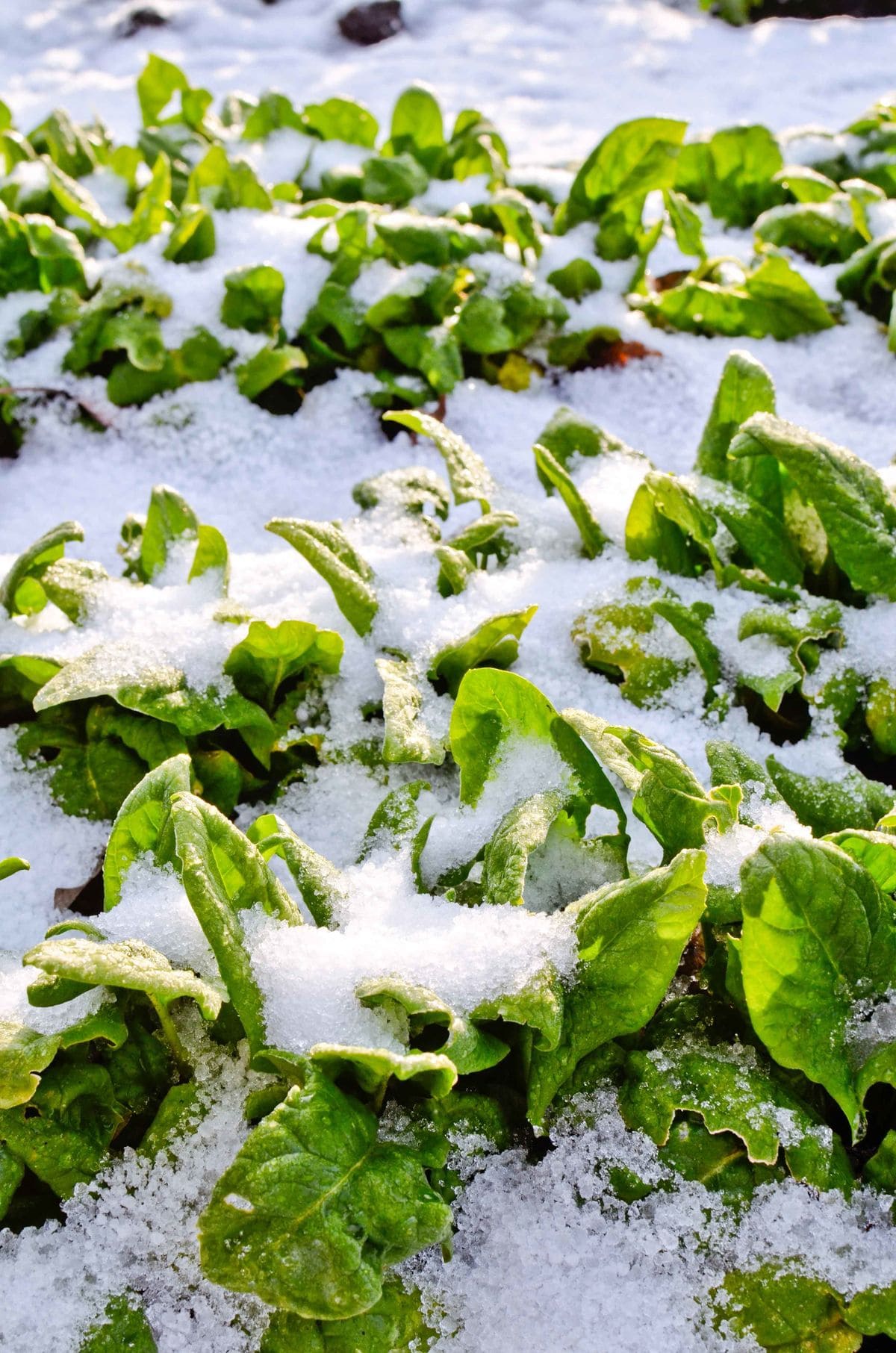
Spinach loves the cold and rewards you with lush, vibrant leaves.
You should choose hardy varieties like Bloomsdale or Winter Giant and sow seeds directly in rich, well-drained soil six weeks before the first frost. Also, keep soil lightly moist and mulch to protect young seedlings.
As temperatures dip, spinach doesn’t just survive, it sweetens. Harvest the outer leaves first to encourage ongoing growth well into winter.
2. Kale
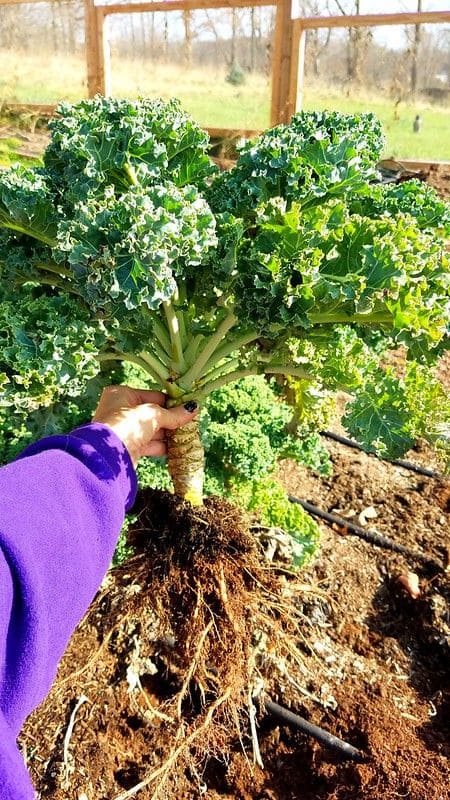
Kale becomes a cold-season hero once frost touches it. That chill transforms bitterness into a mild, almost sweet flavor.
Start from seed in late summer, then mulch heavily after transplanting. Red Russian and Winterbor are top choices for deep winter resilience.
As long as the center crown is intact, kale keeps giving, you’ll be plucking fresh greens even with snow on the ground.
3. Swiss Chard
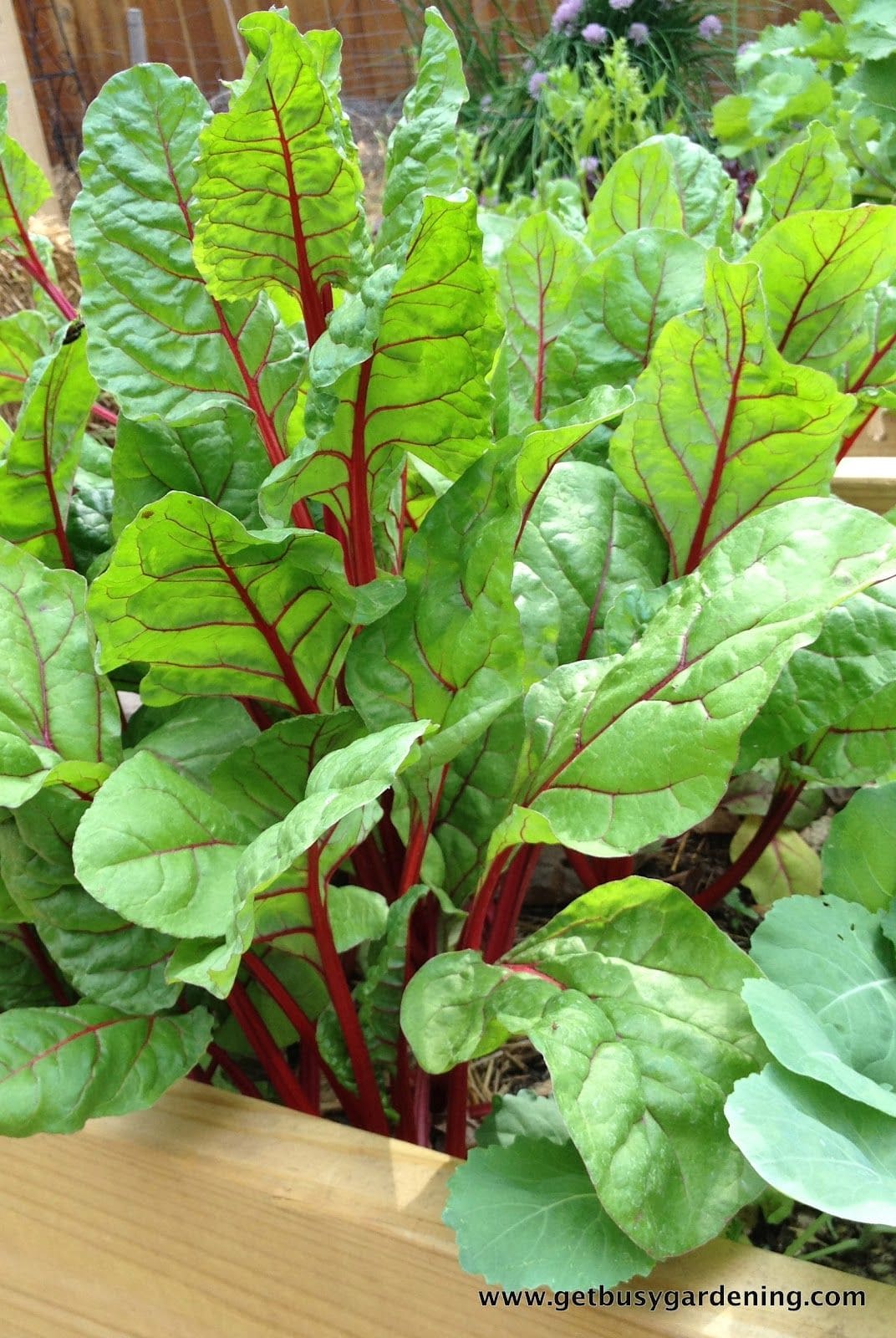
Swiss chard might look delicate, but it’s tougher than it seems. Varieties like Fordhook Giant bounce back after light frost, especially with row cover support.
You plant in compost-rich soil in early fall, and harvest outer leaves regularly to prolong growth. You’ll get color, texture, and plenty of vitamins even during the chilly months.
4. Lettuce
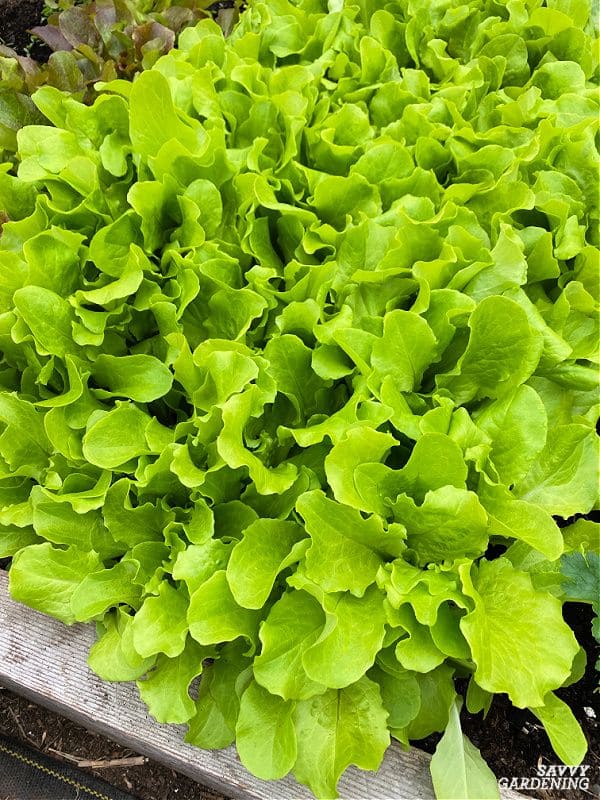
With the right varieties, lettuce can be a winter delight. You try Winter Density or Rouge d’Hiver for best results.
These greens enjoy cooler temps and do well in cloches or cold frames. Stagger planting every couple weeks to maintain a constant harvest.
Plus, you keep soil moist, especially in protected spaces, and you’ll be tossing fresh salad greens into your meals all winter long.
5. Mustard Greens
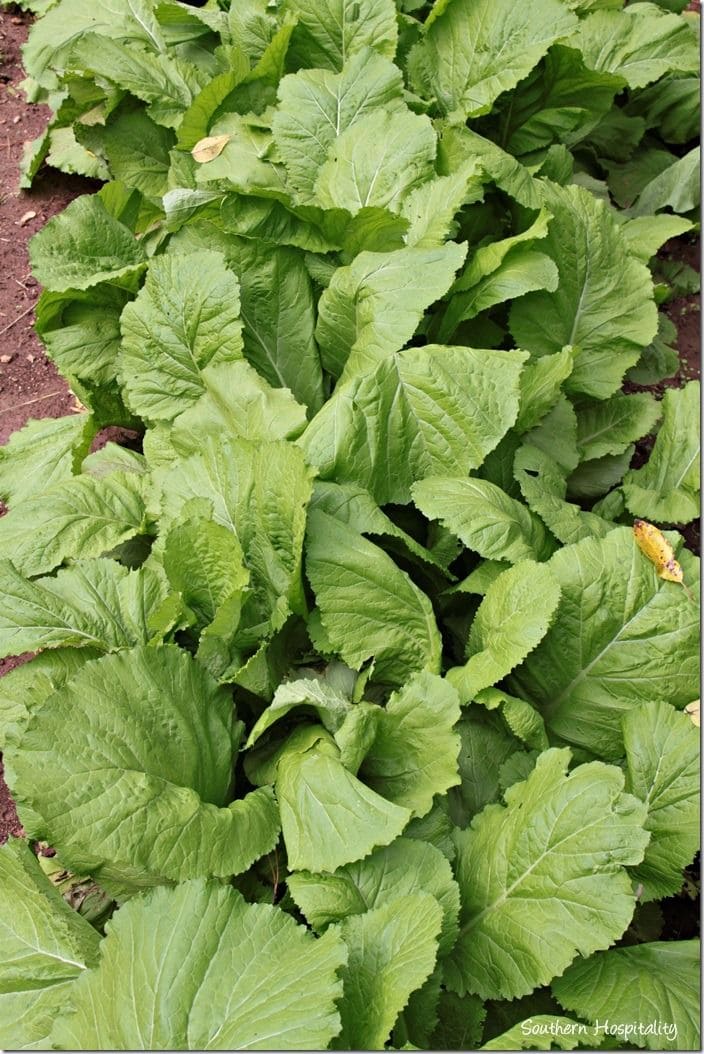
Fast, fiery, and cold-hardy, mustard greens like Green Wave or Red Giant bring color and spice to any winter garden.
You just sow seeds in well-draining soil and thin seedlings to allow for airflow. Their sharp bite gets mellow in colder air.
Plus, keep soil evenly moist and mulch to prevent sudden freezes. You’ll have greens ready in a matter of weeks.
6. Carrots
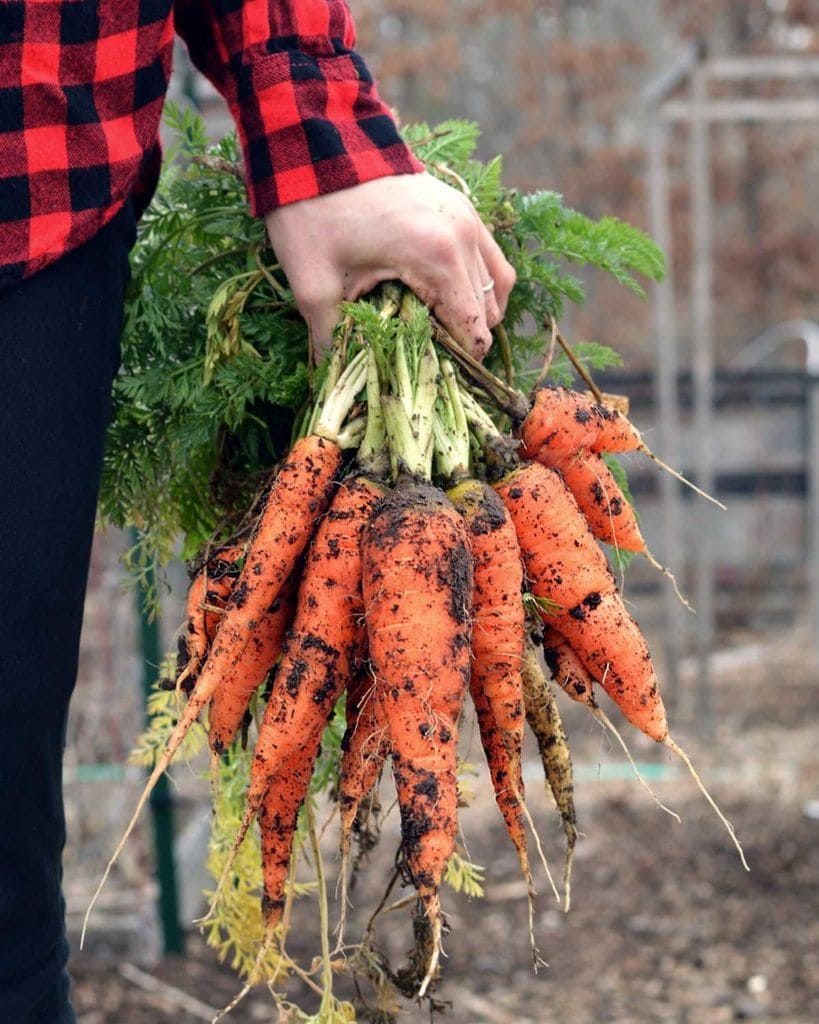
Winter carrots are nature’s candy. As the temperature drops, starches convert to sugars, making them sweet and crisp.
You should sow seeds directly into deep, loose soil in late summer. Napoli is a reliable winter performer.
In addition, you have to cover with mulch to protect roots and prevent freezing. You can harvest as needed, even through snow if you’ve marked your rows ahead of time.
7. Beets
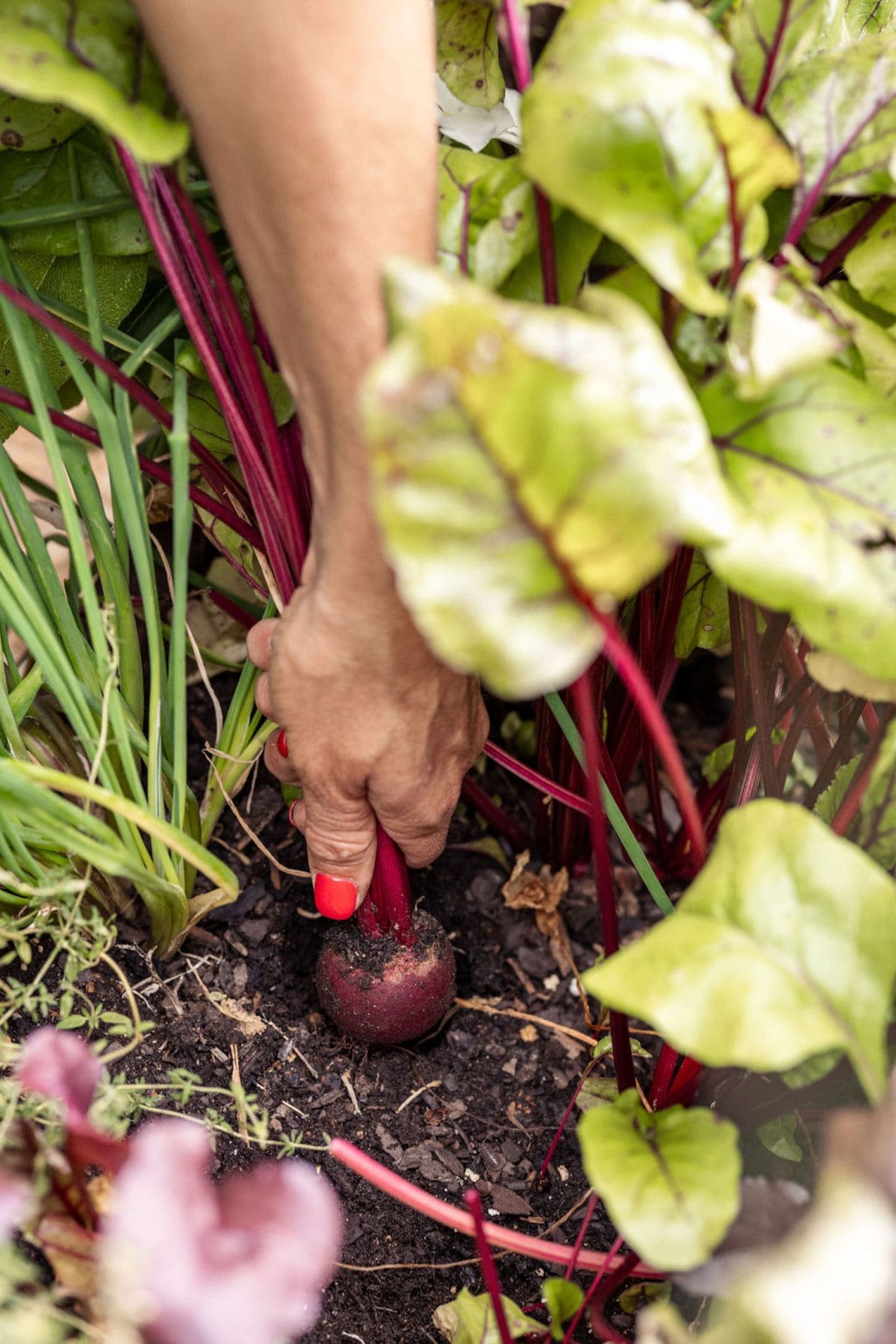
Beets are a two-in-one winter treasure. Tender greens and earthy roots both thrive in chilly weather.
You sow seeds in early fall and thin to give roots room. Keep soil consistently moist and cover with straw to keep things from freezing solid.
Specially, look for hardy varieties like Detroit Dark Red or ‘Lutz Green Leaf.
8. Turnips
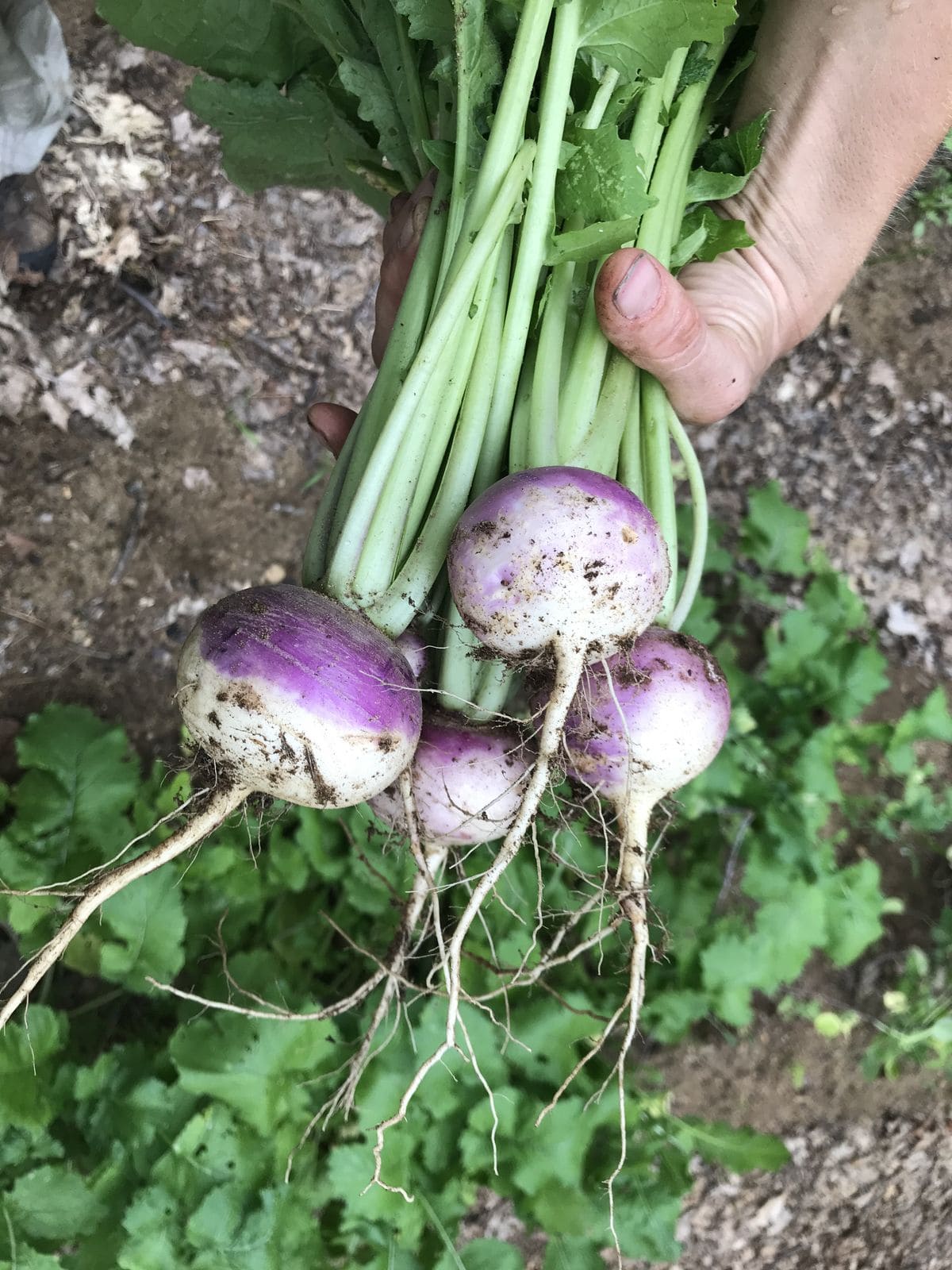
Turnips grow quickly and hold well in cold ground. Start them about 8 weeks before your frost date.
They prefer full sun, light soil, and steady water. You should harvest small for delicate texture or let them mature for hearty dishes.
Purple Top White Globe is a classic that’s as versatile in the kitchen as it is resilient in the soil.
9. Radishes
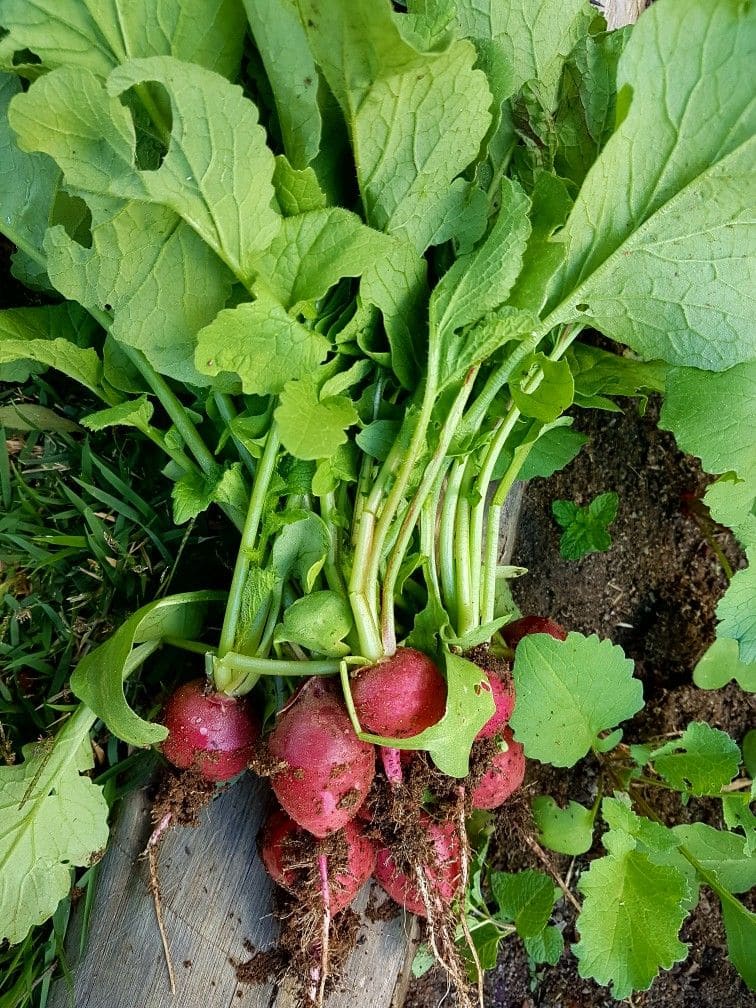
Winter radishes like Daikon or Black Spanish are slower-growing and larger than spring types. Their bold flavor and crisp texture make them great for fermenting or roasting.
You sow in fall and mulch well. Watch for overcrowding, which can lead to splitting. Pull promptly when mature for peak flavor and storage quality.
10. Parsnips
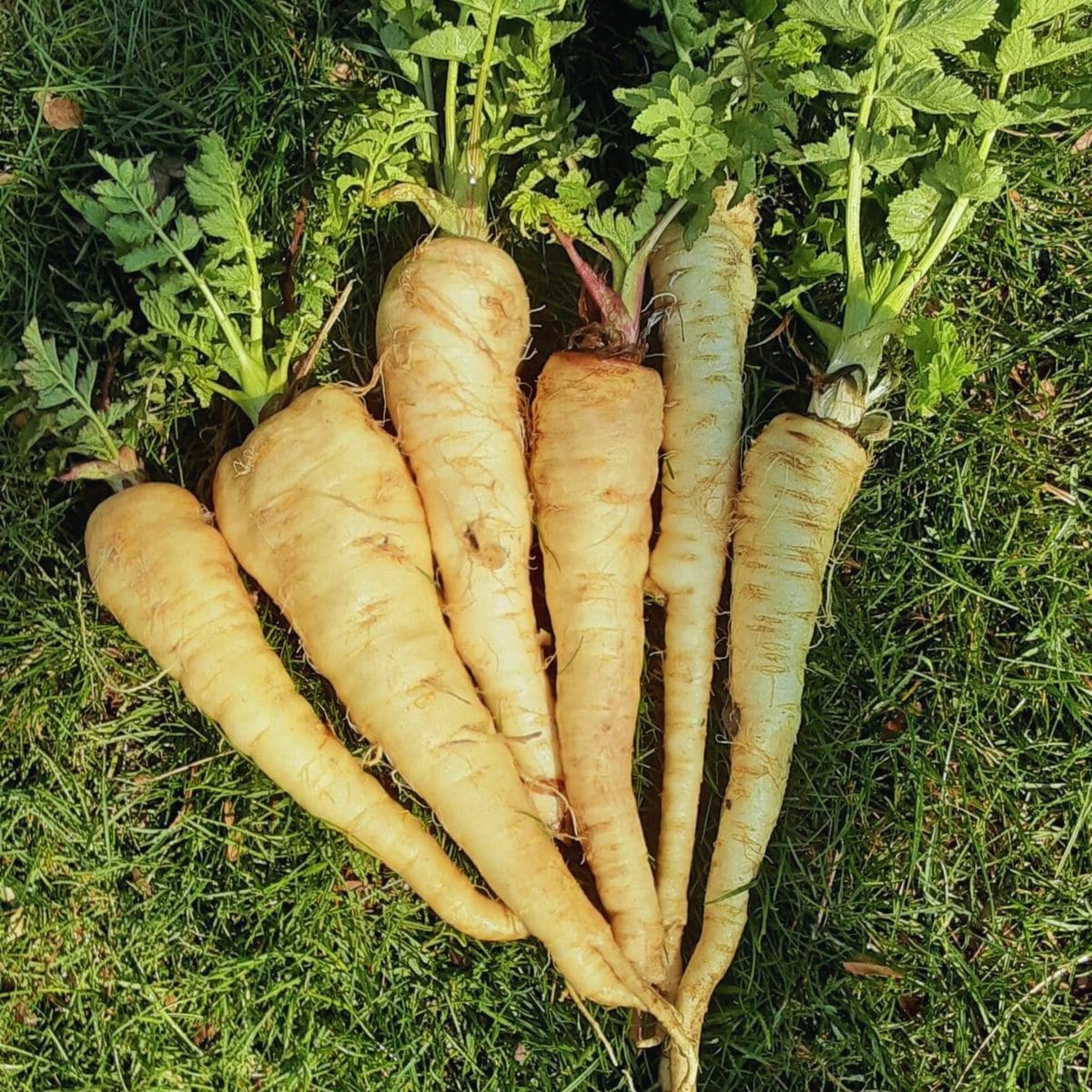
Parsnips take their time but reward you with nutty, sweet roots perfect for winter meals. Start them midsummer in deep, rock-free soil.
Once frost hits, their flavor improves. You also mulch heavily for insulation and easier harvesting in frozen ground. Hollow Crown is one to try if you’re looking for old-fashioned flavor and winter reliability.
11. Garlic
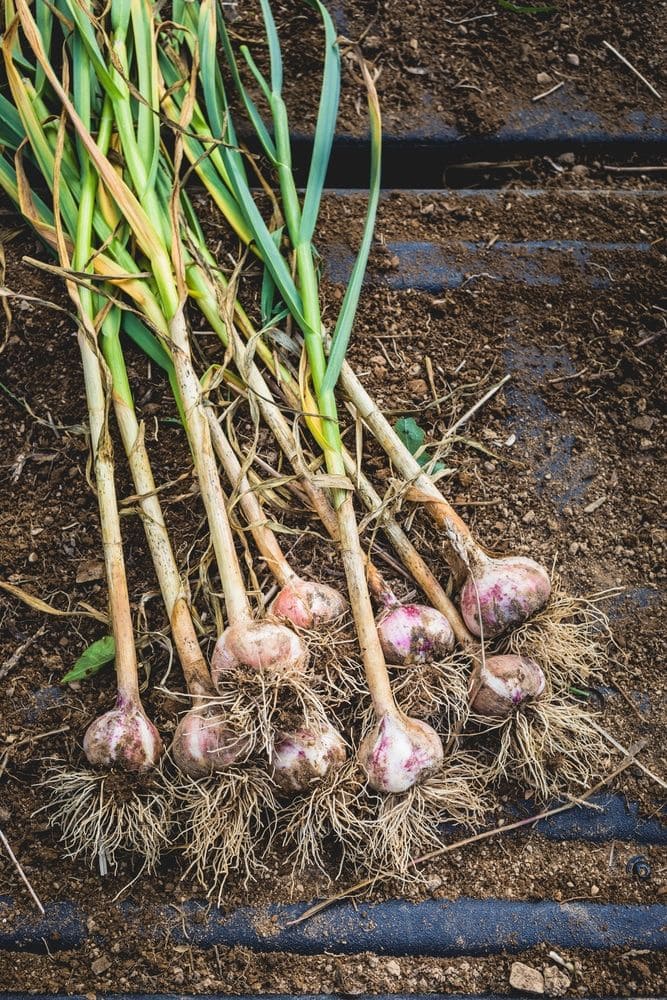
Garlic is planted in fall for a reason as it loves a long chill. Separate cloves and plant them pointy-side up in rich, well-drained soil.
You have to cover with straw mulch to regulate temperature. Hardneck types like Music are ideal for cold climates.
Over winter, roots develop, and by spring the plant surges upward. Come summer, you’ll dig up flavorful bulbs perfect for cooking or preserving.
12. Overwintering Onions
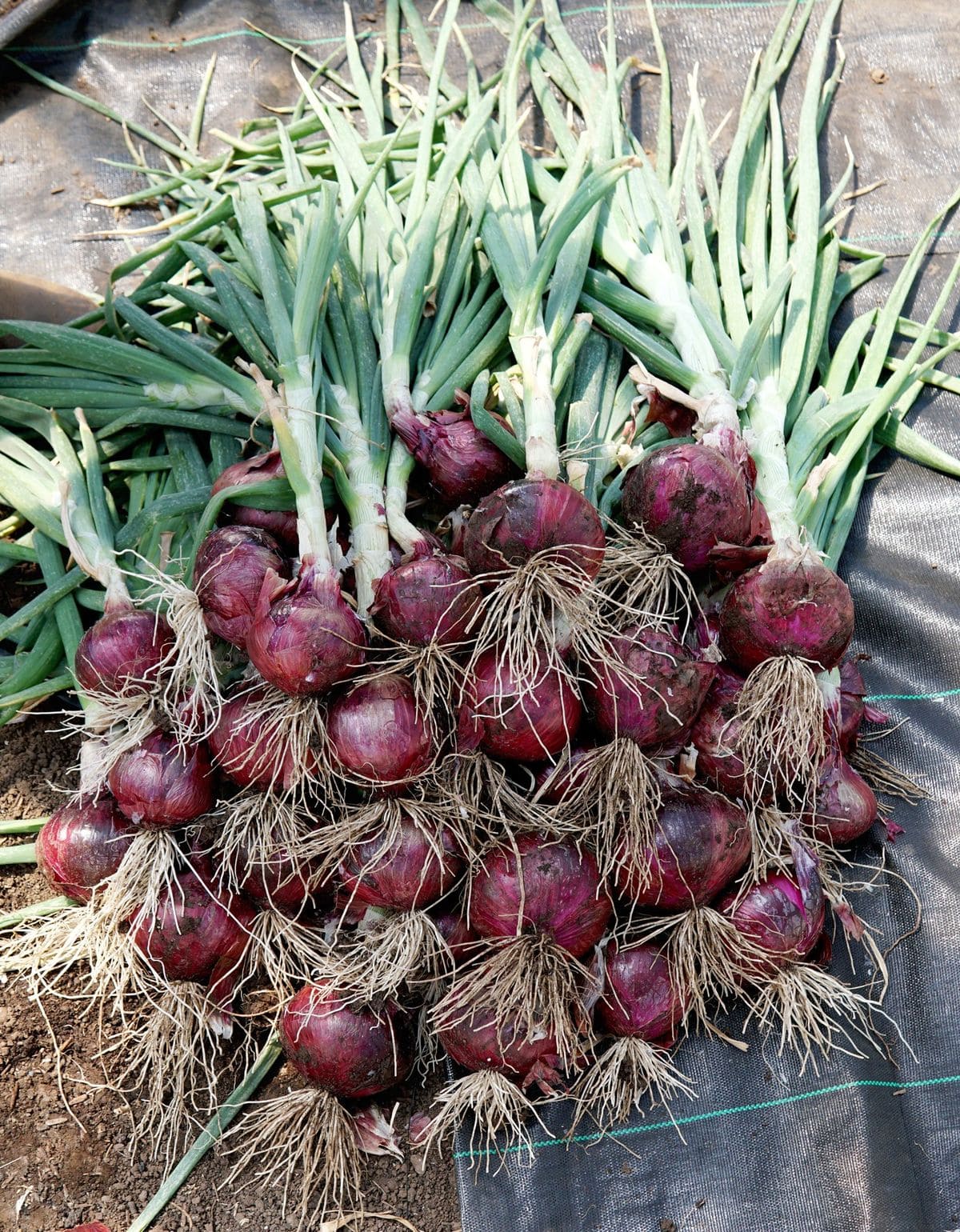
Not all onions are summer crops. Overwintering types like Senshyu Yellow start in fall and finish in early summer.
Plant in rich, composted soil and use mulch to prevent frost heave. Onions are sun lovers, even in winter, so pick a bright spot.
You’ll get full-sized bulbs ahead of spring-planted ones, saving time and effort in the new season.
13. Leeks

Leeks laugh in the face of frost. Start them midsummer and transplant once thick enough to handle.
Hill soil around the stalks to blanch the lower part, which becomes tender and sweet. Bandit and Blue Solaise are excellent cold-tolerant varieties.
Leeks hold in the soil for months, letting you harvest fresh as needed all winter long.
14. Brussels Sprouts
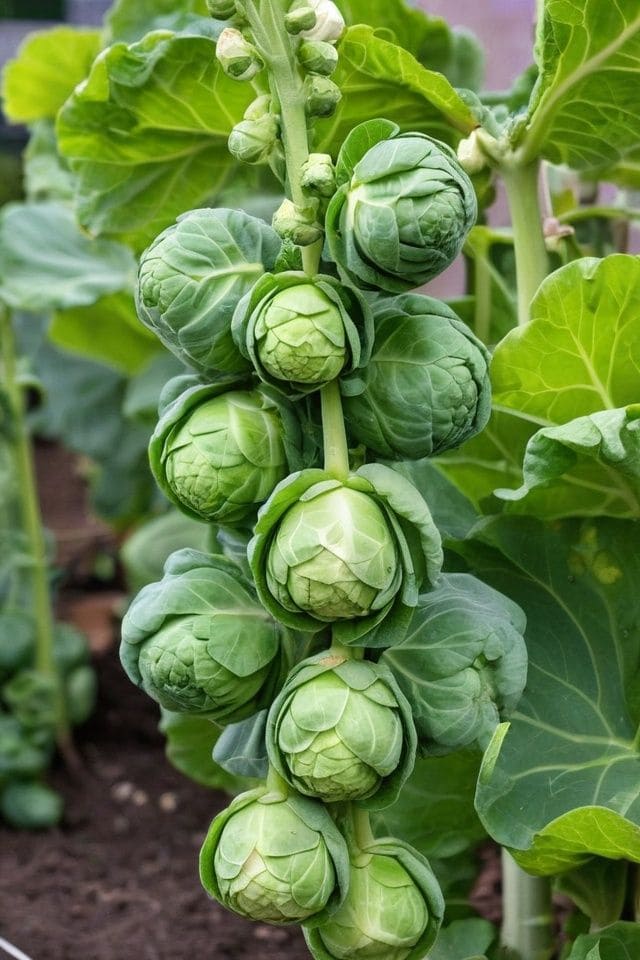
Brussels sprouts take commitment, but the payoff is worth it. Start seeds in summer and let them grow tall before fall.
You also remove lower leaves as the sprouts form to boost development. After a few frosts, the flavor deepens into something rich and slightly nutty.
Stalks get heavy, so you use a stake if needed. Fresh from the plant, these little cabbages are unbeatable.
15. Cabbage

Winter cabbage is crisp, compact, and absolutely reliable. Choose hardy types like Savoy or January King.
You sow in late summer, transplant once strong, and mulch heavily. As temperatures drop, the heads tighten and flavors sharpen.
Additionally, keep an eye out for early pests, but after the first frost, cabbage becomes almost self-sufficient. You can use in slaws, soups, or ferment for your own sauerkraut.
